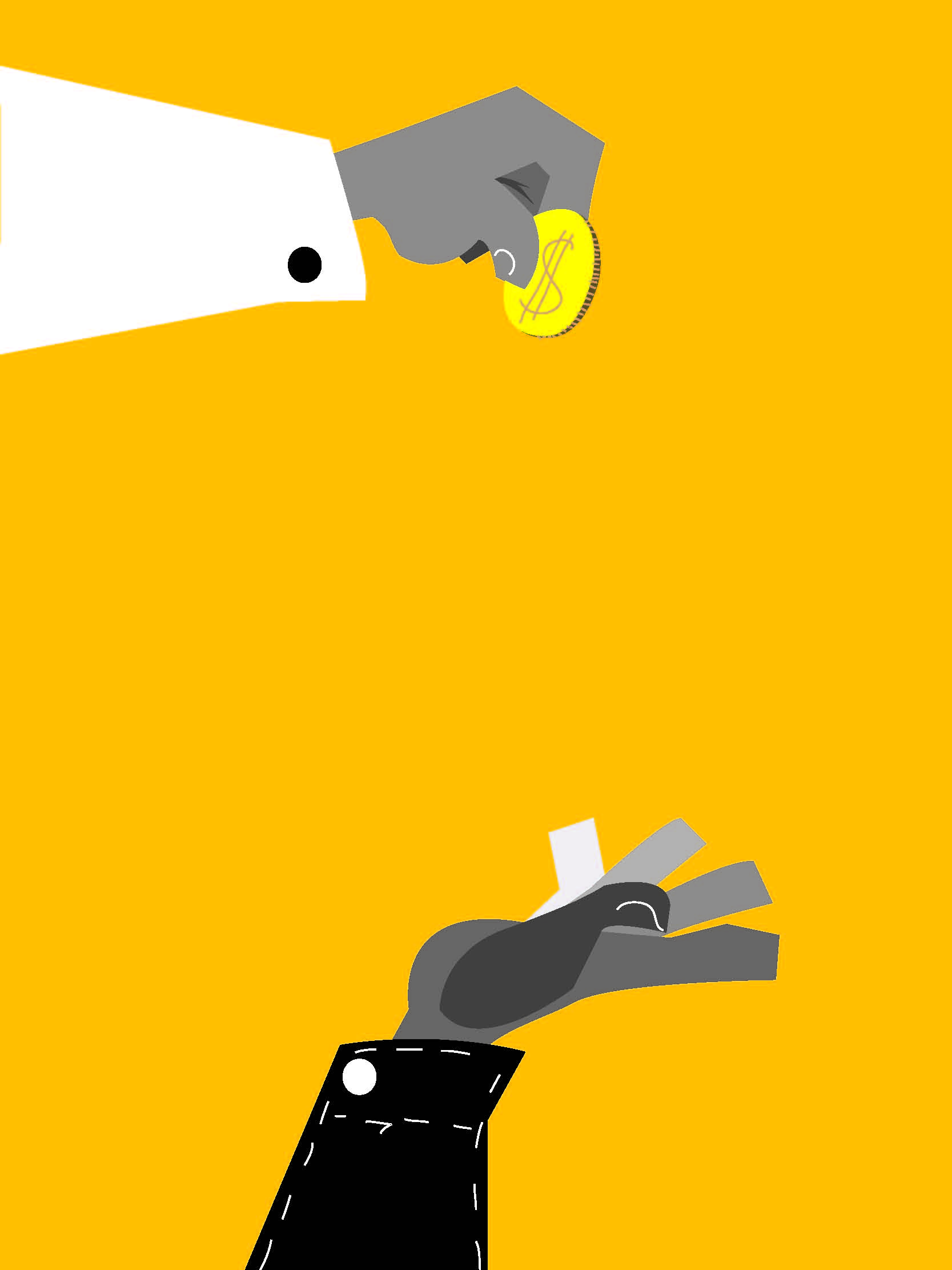
Who is Regulating the Debt Collector?
In the 1950’s and 1960’s debt collection was like the old wild west – no rules, and whoever had the fastest gun won, usually to the detriment of the consumer. In many cases, consumers were harassed for debts that weren’t theirs and debt collectors were able to use any and all means to collect on the debt, even if they weren’t sure the consumer owed it.
Congress took action in the 1970’s and crafted the Fair Debt Collections Practices Act. It imposed restrictions on 3rd party debt collectors and provided consumers with certain rights and protections, but limited ability to enforce violations or take action directly against the debt collector. And the law had no impact on 1st party creditors (like the bank that originally issued the loan and is now harassing the consumer).
The Consumer Financial Protection Bureau (“CFPB”) was established when Congress passed the Dodd-Frank Wallstreet Reform Act in 2011. The CFPB began taking complaints from consumers shortly thereafter and since that time, complaints about debt collectors (both 1st and 3rd party ones) have been the highest source of complaints among all financial products and institutions.
The CFPB just announced a new set of proposed rules that would put some real teeth (and penalties) in place for anyone who uses unreasonable measures to collect a debt. The rules are open for public comment and the CFPB indicates it intends to publish a final set of rules in February of 2014.
But the proposed rules are already having an impact. JP Morgan Chase has significantly altered its debt collection activities and several other banks are considering the same. Debt collection firms across the country acknowledge that regulation is needed. With one in ten Americans ending up with a debt in collections, it’s high time something changed.
So keep your eye on news about the new CPFB developments and hope that this government agency can actually make a difference.
By: Evan A Nielsen

